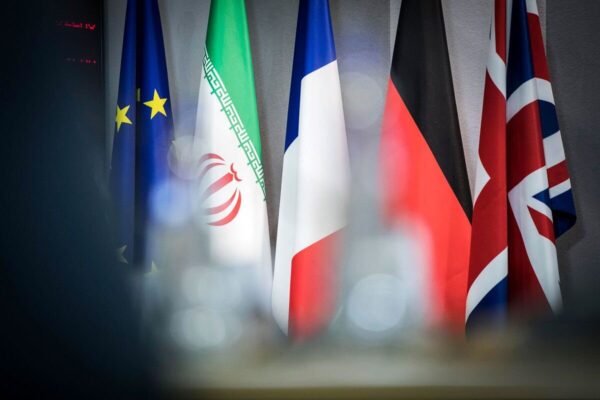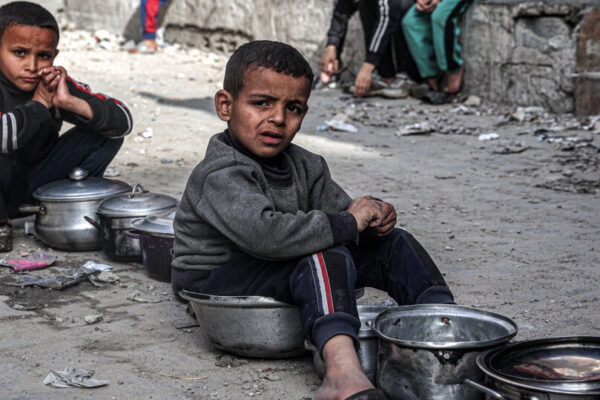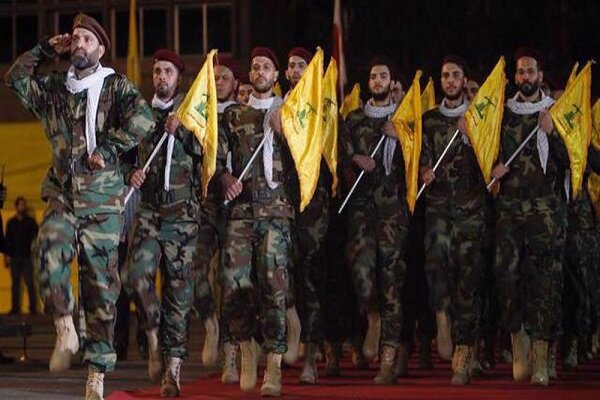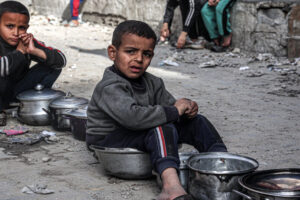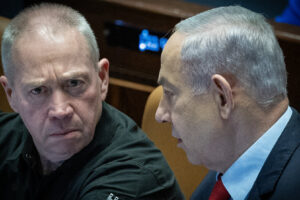
The officer, speaking on condition of anonymity, told Lebanon’s al-Mayadeen television news network that the mobilization of Hezbollah Resistance fighters has operational purposes, emphasizing that the forces remain on high alert to face any Israeli act of aggression.
“The most outstanding achievement by Hezbollah was to draw a large number of Zionist forces from the internal and southern sectors of the occupied Palestinian lands to the northern front, which consequently eased the pressure on our brethren in the Gaza Strip,” he said.
The officer added that another major achievement was confusion of the occupying Tel Aviv regime and avoidance of the conflict from spilling over the border.
He went on to hail operations carried out by Hezbollah forces against Zionists’ reconnaissance and monitoring facilities on the border, referring to Jal al-Alam outpost and the al-Abad military site as the most strategic targets struck.
The officer highlighted that the operations commenced in the occupied Shebaa Farms, and expanded to include any area within a radius of 100 kilometers (62 miles).
A large number of Israeli Merkava battle tanks were targeted with our guided missiles, and taken out of service. Hezbollah Resistance forces struck and seriously damaged many Israeli regime’s military sites near the Lebanon border through missile and artillery strikes, he added.
The Israeli regime’s military consequently had to mobilize far away from its conventional facilities and abandon some of them to avoid being hit, he pointed out.
Hezbollah forces have launched salvoes of rockets toward the occupied Palestinian territories. They have managed to disable the Iron Dome anti-missile system in several instances, especially during the latest attacks on Kiryat Shmona town as well as Zionist forces positions in the Golan Heights, Zaoura village, and Wadi al-Asal area in the Shebaa Farms, the officer noted.
The remarks came on the same day that the Zionist regime’s media outlets reported that Hezbollah forces had fired three guided missiles at Margaliot Moshav, located along the border of occupied Palestine with Lebanon in the Upper Galilee.
Later on, the Lebanese Resistance forces targeted the Israeli regime’s military positions in Burket Risha, Hadab al-Bustan, and Ramim regions, inflicting damages at the sites.
Hezbollah announced in a separate statement that its forces had targeted the Zionist regime’s infantry troops in Shtula moshav in northern occupied Palestine, leaving casualties on the soldiers.
The Lebanese forces also launched an attack with the help of three armed aerial vehicles, inflicting losses on Zionist forces.
The Zionist forces also struck a number of Hezbollah positions in southern Lebanon. Seven Hezbollah members were reportedly killed in the attacks, taking the total death toll of the Lebanese fighters to 78 since the clashes began in early October.
Hezbollah’s Secretary General Seyyed Hassan Nasrallah said on November 2 that the Lebanese Resistance movement entered the battle against the Israeli regime on October 8, a day after Gaza-based Palestinian Resistance movements launched their surprise attack, Operation al-Aqsa Storm, against the regime.
Nasrallah said the daily exchange of fire with Zionist forces on the Lebanese border might seem modest but is of prime significance, calling the confrontations unprecedented since 1948.
SD/PressTV
